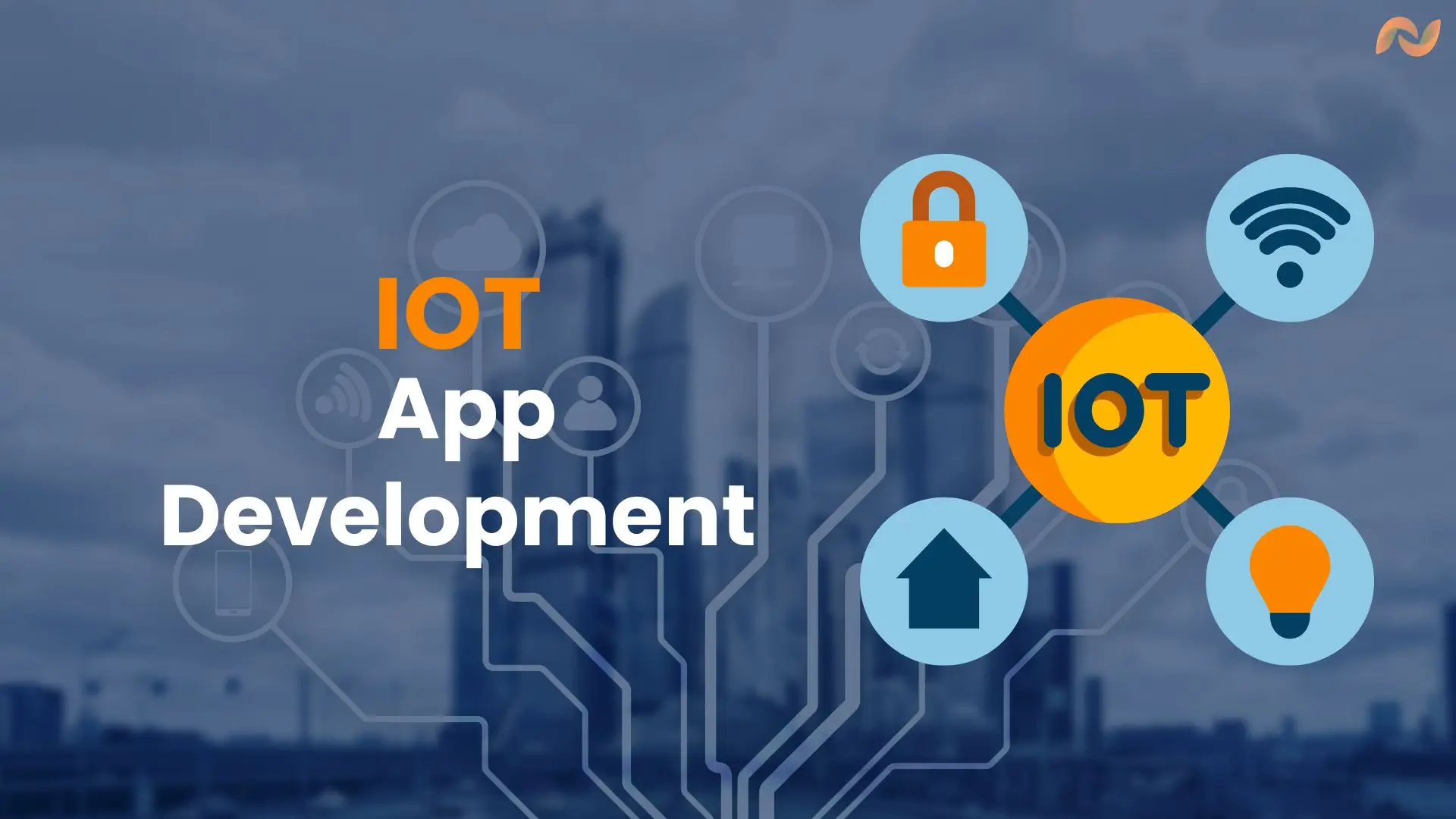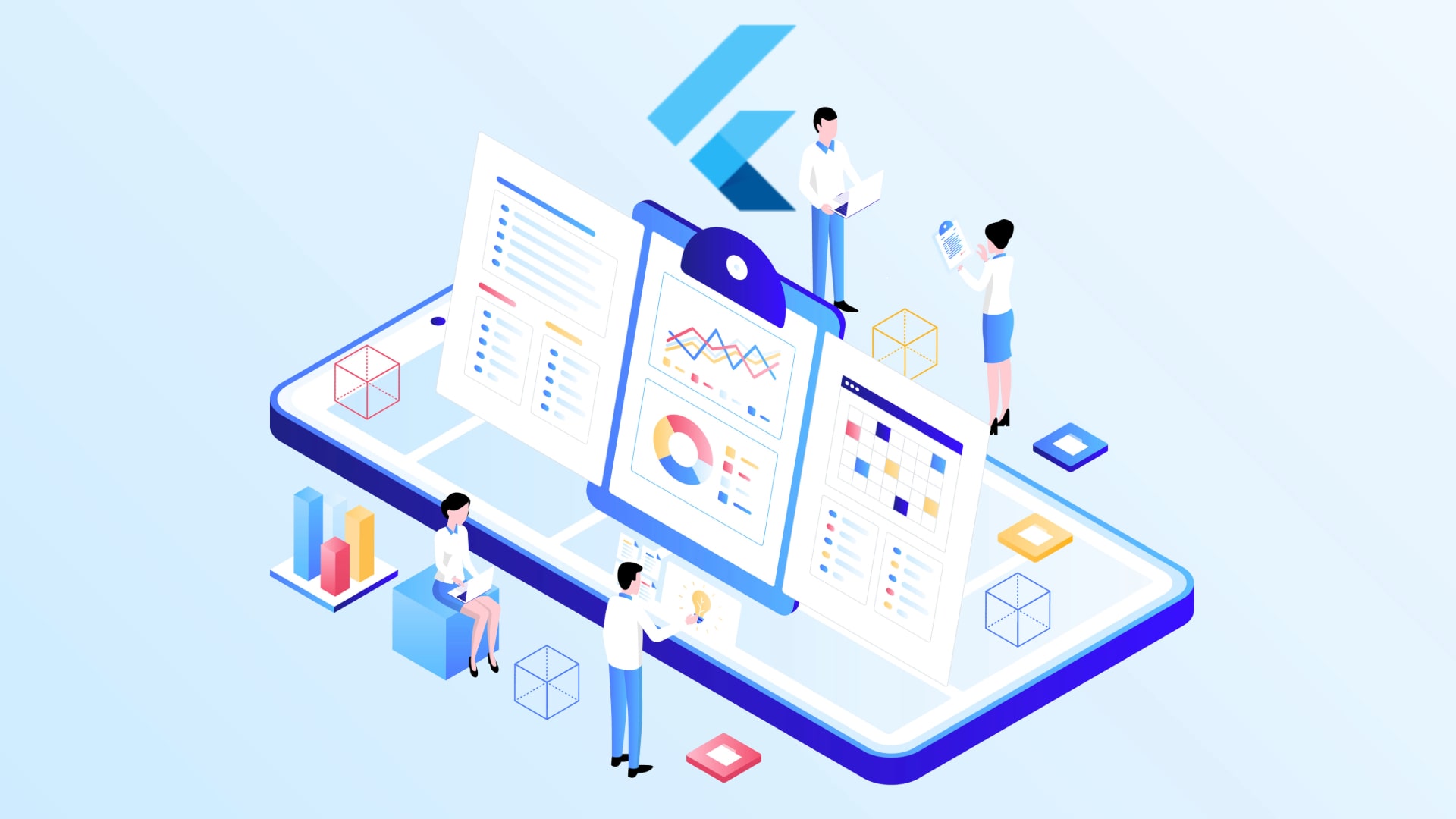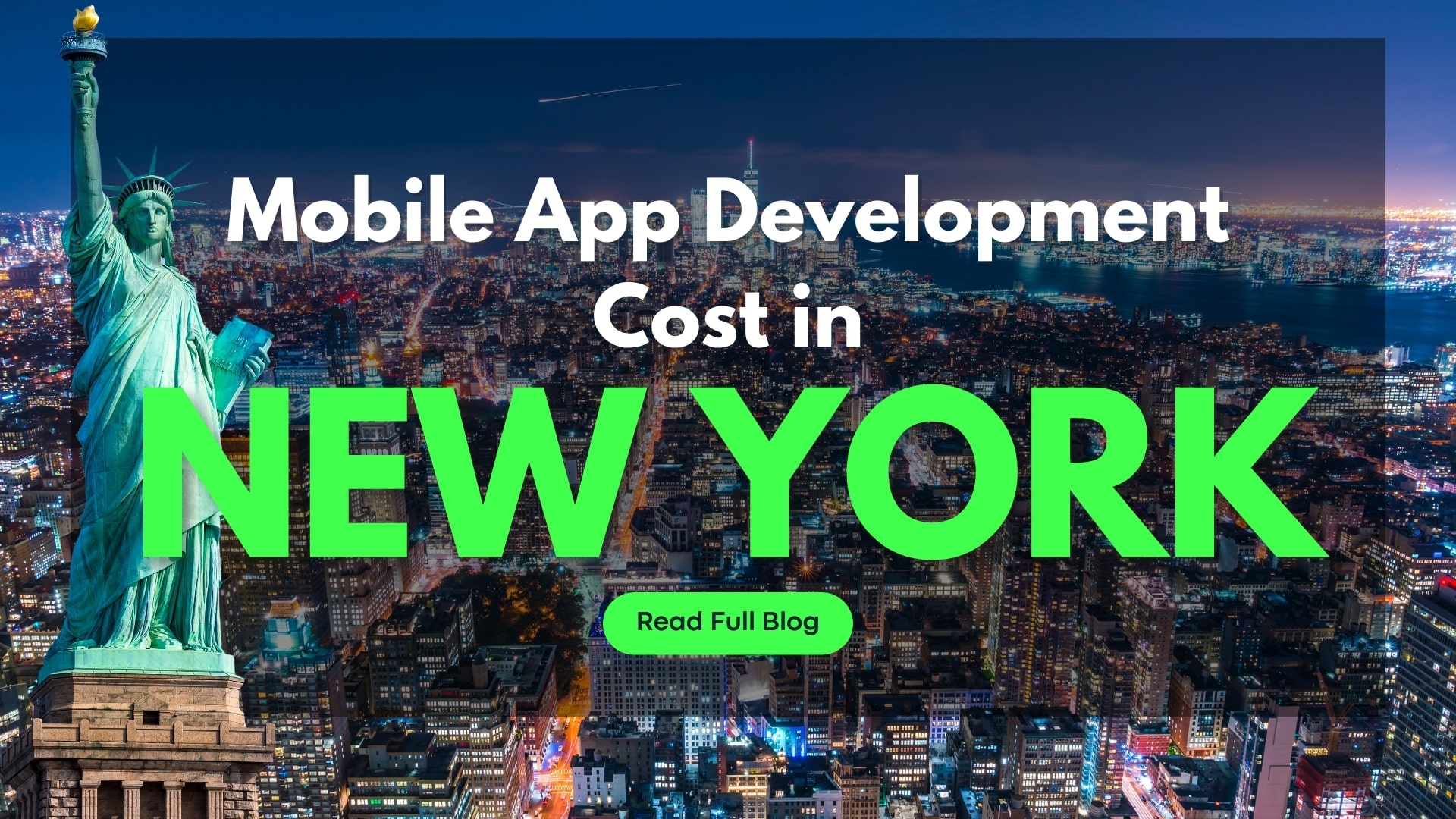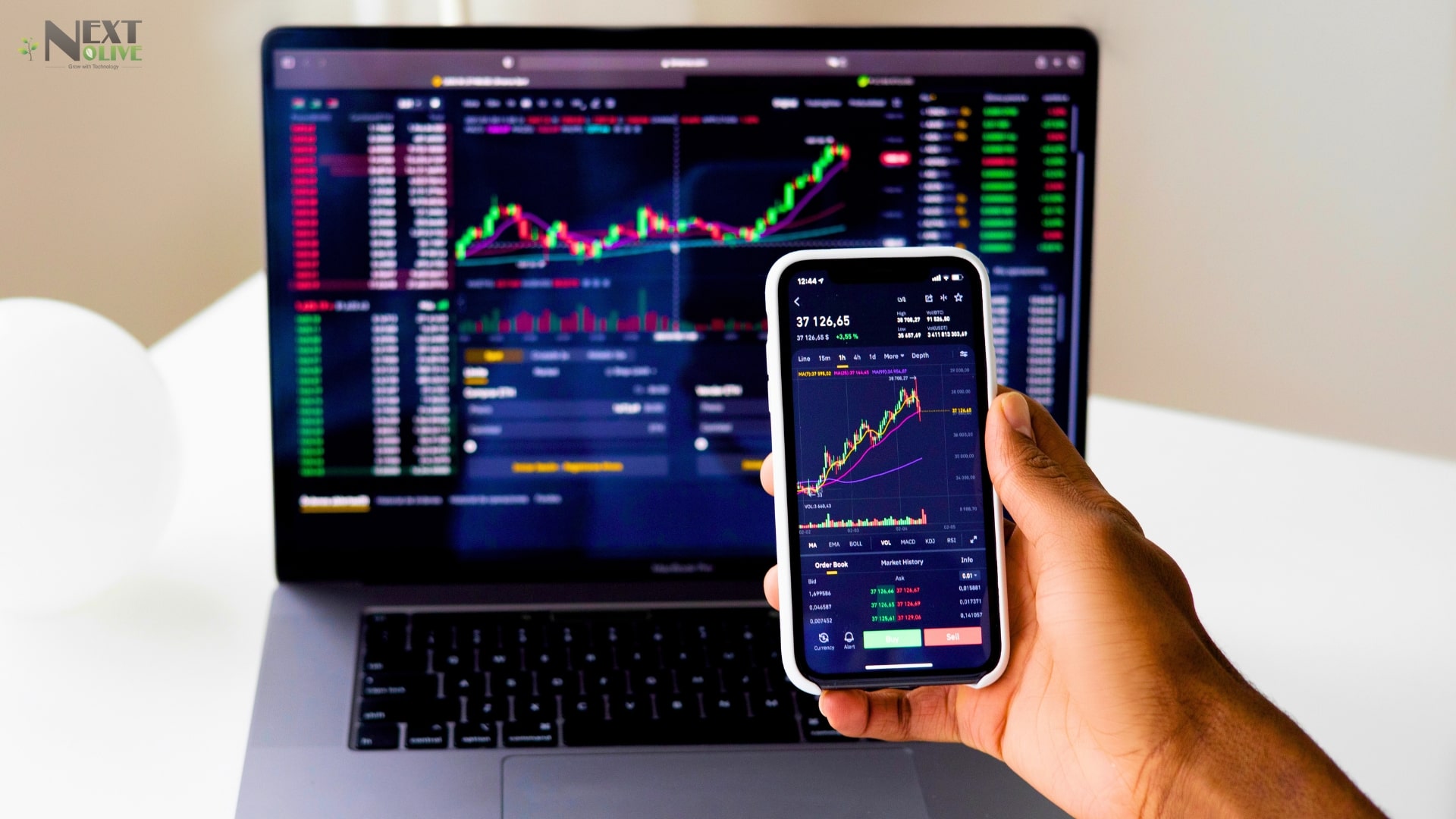IoT App Development: Features, Components, and Cost
IoT, or Internet of Things, is one of the latest emerging technologies that is leveraged by many businesses in 2025. IoT allows devices to connect wirelessly using the internet to make them smarter, efficient, and enhance communication. By utilizing this technology, you can unlock the hidden potential of IoT-based apps and their vast use cases in different industries. In this blog, we will guide you through the essentials of IoT app development, such as its cost and architecture. Whether you are a mobile app developer or a business looking to enhance its operations, this guide is your all-in-one solution.
Table of Contents
ToggleWhat is the Internet of Things (IoT)?
IoT is an innovative technology that bridges the gap between devices. It enables the devices to connect over the internet to communicate efficiently with each other while sharing data and working together intelligently. IoT is being used in many devices, ranging from home appliances to large industrial machines and public infrastructure. It leverages the sensors to collect and analyze data from the device and provide new information to the user. For example, a heart rate sensor gives the data to the smartwatch app, and the smartwatch provides the data to the user on the mobile device. IoT creates a system of interconnected devices to make the user’s day-to-day activities more convenient.
IoT Mobile App Development Statistics of 2025
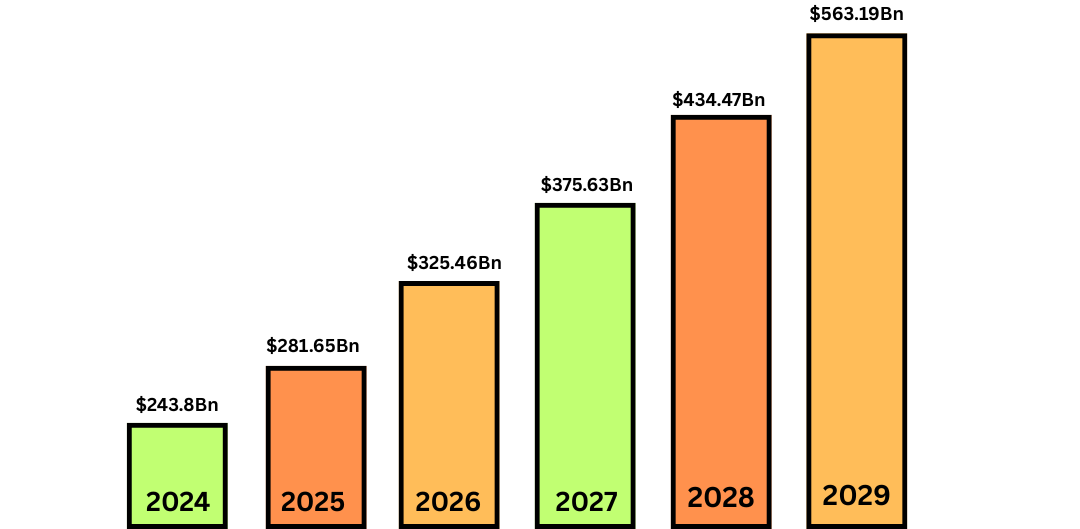
As per the report by The Business Research Company, the IoT app market size has grown from $243.8 billion in 2024 to $281.65 billion in 2025. With a CAGR of 15.5%, the market cap is expected to reach $563.19 billion in 2029.
How Does IoT Work?
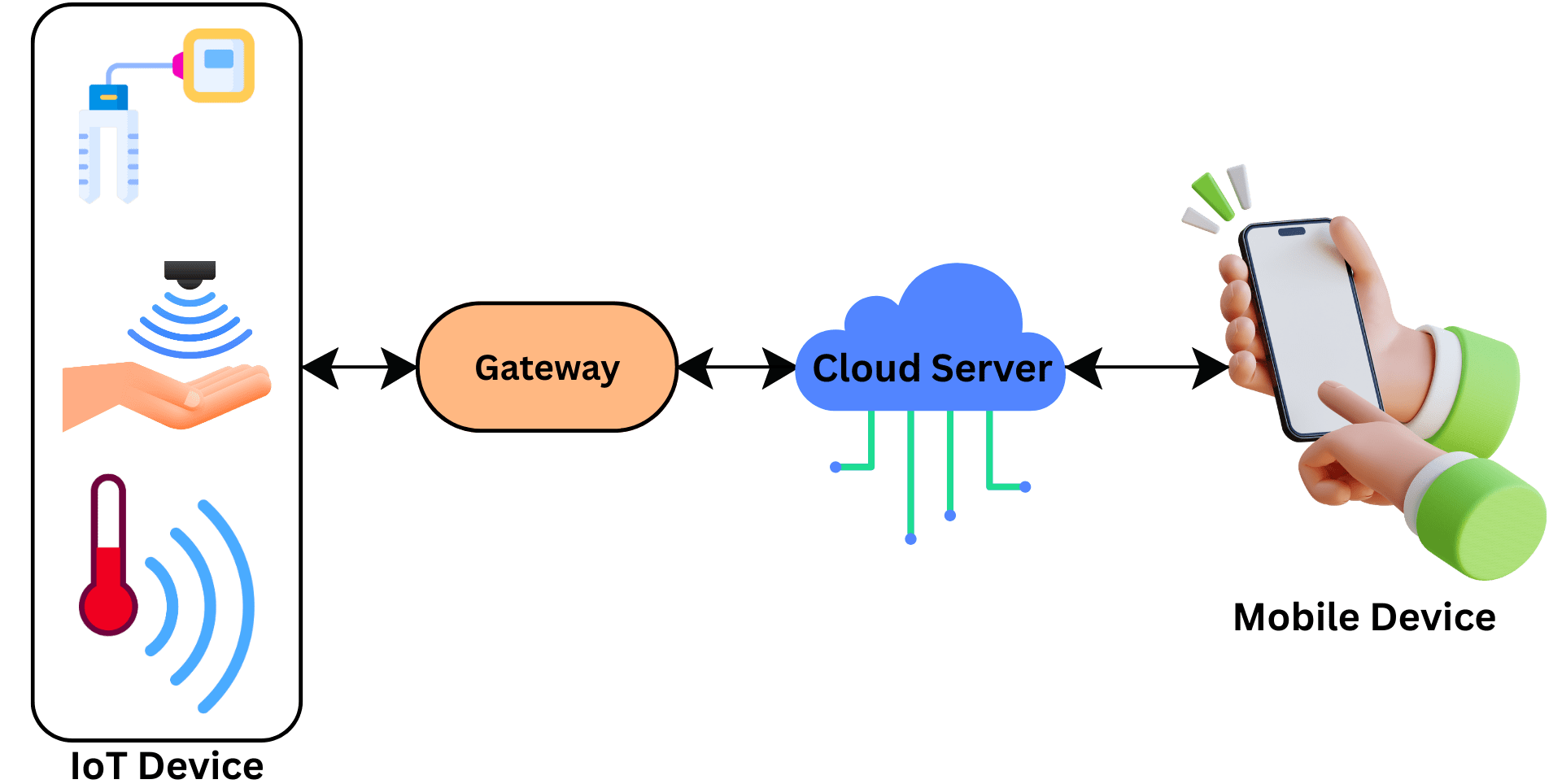
The IoT works in four different steps. At first, the sensors on the device collect data from their surroundings, such as heat, pressure, moisture, temperature, etc. These sensors store some data and are present in devices such as air conditioners, refrigerators, mobile phones, coffee machines, etc. The cloud platforms collect the data from these sensors. The platform consists of cloud servers and databases. The cloud servers and the device are connected with Bluetooth, wifi, LTE, etc. The cloud system processes and converts the sensor data into meaningful information. This processed data is sent to the user’s mobile device and can be accessed through an IoT app.
Architecture of the Internet of Things: IoT is divided into 4 different layers
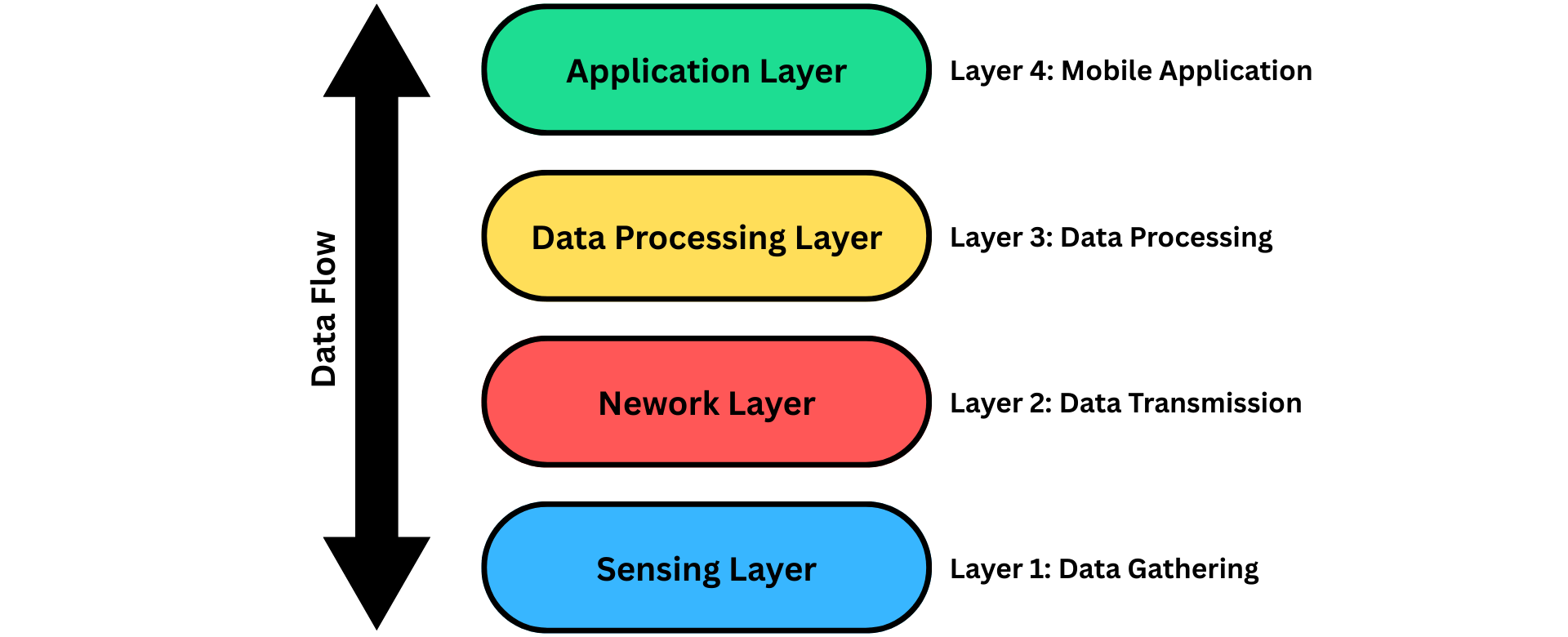
Layer 1: Sensing Layer
This layer includes sensors such as temperature, pressure, humidity, etc. These sensors collect the data from their surrounding environment and are wirelessly connected to the network layer.
Layer 2: Network Layer
In this layer, some technologies and protocols allow the devices to connect together in the IoT system. The devices can be connected with a variety of networks such as WiFi, Bluetooth, 5G, LTE, etc. This layer also has several encryption and security layers that allow the devices to connect with a wider network range.
Layer 3: Data Processing Layer
This layer analyzes and processes the data received from the sensors or the IoT devices. This layer has many AI and ML algorithms that process the data and gain meaningful insights for further decision making.
Layer 4: Application Layer
This is the last layer in which the processed data is shown to the users. This layer is directly connected with the user via a mobile app to enable the user to manage and control the IoT devices.
Types of IoT Apps and Use Cases in Real Life
[1] Smart Home Apps
These apps are used to control the electrical devices present in the home, such as the security system and electrical switches etc. These apps offer convenience to the user and have features such as real-time monitoring, voice control, automation, etc
[2] Healthcare Apps
Healthcare apps are developed for smartwatches and fitness trackers that display the heartbeat, calories burned, blood pressure, distance travelled, etc. These apps offer real-time monitoring and assist in disease management by checking health data.
[3] Industrial IoT (IIoT) Apps
IIoT apps are specialized applications that are used to monitor and control industrial machinery in real-time and help in optimizing processes by using predictive maintenance and asset tracking.
[4] Smart Cities Apps
Smart cities’ IoT apps are widely used to manage city-related operations such as infrastructure, waste management, addressing traffic congestion, energy consumption, etc. The data is collected by the sensors placed across the city in strategic locations.
[5] Agriculture IoT Apps
These IoT applications help farmers in various farming-related activities such as monitoring soil health, automating the irrigation system, tracking weather, managing waste, etc.
[6] Retail Apps
Retail IoT applications help in the retail sector in many ways, such as managing and monitoring the inventory, enabling smart shelves, and providing a personalized shopping experience to customers etc.
[7] Automotive Apps
These types of IoT apps are used in the automotive industry for many purposes, such as fleet management, vehicle diagnosis, optimizing navigation, and autonomous driving features etc.
[8] Energy Management Apps
These apps are used in the energy sector to provide several benefits to the users, such as monitoring energy consumption, optimizing clean energy sources, managing smart electrical grids, etc.
[9] Logistics and Supply Chain Apps
Logistics IoT apps are used to track goods in real-time, improving delivery efficiency, optimizing routes, etc. By leveraging IoT in this sector, businesses can incorporate transparency in operations and minimize delays.
Benefits of Having an IoT Mobile Application in Your Business
[1] Real-Time Data Insights and Seamless Connectivity
The main purpose of IoT is to connect all the smart devices under one roof and enable seamless data sharing and collection. This helps the businesses to gain important insights into operations, device performance, customer preferences, etc. For example, a plant manager can monitor the logistics and supply chain operations in real-time or check the on-field operations through live updates. IoT helps businesses gain access to crucial information on time.
[2] Better Customer Experience
IoT helps to provide personalized services to the users, such as adjusting their smart devices from their phones or tracking their fitness goals through a wearable application. Businesses also use this technology to give their users a tailored experience for using their products and services. By providing convenience, the users feel valued and understood. Also, personalized offers and recommendations boost the business-customer relationship.
[3] Improved Operational Efficiency
Internet of Things mobile application aids in improving the overall efficiency of the business in several ways, such as automating repetitive tasks, detecting inefficiencies, and monitoring assets and operations. IoT saves both time and operational costs for businesses. By having a streamlined workflow, businesses can easily allocate their resources to high-priority tasks.
[4] Data-Driven Decision Making
Data is everywhere, and businesses use the data collected from IoT devices to make strategic and informed business decisions. This data can be analyzed to study the user behavior, identify bottlenecks, and forecast demand etc. Companies can use data to uncover crucial insights and make decisions for improving user experience and increasing operational efficiency.
[5] Remote Control and Access to Devices
IoT enables remote control of any device from anywhere, no matter the distance. Businesses leveraged IoT due to this main reason of its ability to interconnect devices and operate them easily. This flexibility allows the businesses to remain functional no matter the distance.
[6] Resource Optimization and Cost Efficiency
Businesses can easily optimize their resources and cut unnecessary expenses using IoT technology. For instance, energy management systems can monitor and control the energy flow by adjusting the lighting or cooling based on occupancy. This would reduce the energy consumption and operational costs.
[7] Scalability
Every business requires scalability once it becomes successful and profitable at a later point in time. By having an IoT system, you can easily add new devices or expand your operations, while these apps can easily adjust to new changes without upgrading your whole system. This enables the businesses to become future-ready.
[8] Competitive Advantage
In this competitive era, integrating IoT in your business would give you an advantage over your competitors. IoT offers convenience, personalized experience, and efficiency; all these are loved by users. By adopting this technology, you will be future-ready in this ever-changing market landscape.
IoT Application Development Process

[1] Ideation and Requirement Analysis
The IoT application development process starts with an idea. Begin by discussing concepts and ideas, and issues that the IoT app can fix in the real world. Work closely with the client and stakeholders to better understand user needs, target audience, and app goals and objectives. Conduct extensive market research and analyze the competitors to understand what unique factor you can integrate into your IoT application. Ensure your app idea is feasible and can be developed within the timeframe and budget, and aligns with the market trends and needs.
[2] Technology Stack Selection
The next step is to choose the appropriate technology stack for your app development project. Focus on selecting hardware components like sensors, communication methods such as WiFi, LTE, or Zigbee, cloud platforms, programming languages, development frameworks, etc. Decide the type of device your app is intended for, such as a wearable device, mobile device, smart appliance, industrial equipment, etc. Prioritize stability and security, too.
[3] Prototyping and Designing
In this stage, a basic and simple version of the IoT app is made with core features and functionalities. This helps the developers and client understand what the app would look like when fully developed. Testing the prototype early on gives important feedback on usability, performance, and design, which helps to improve and refine the app before full-scale development.
[4] IoT Architecture and Development
This is the crucial phase where project ideas turn into reality. The development design the IoT ecosystem and architecture by integrating sensors, APIs, cloud platforms, IoT devices, etc. Frontend development focuses on designing the user interface and user experience, while backend development aims to create a robust database for data storage and processing. Include communication protocols such as MQTT or HTTP for seamless device interaction and implement security measures for safe data sharing and device communication.
[5] QA Testing and Debugging
Now that the app is developed, it is time to properly test every aspect of it. Simulated environments are established to mimic real-world situations, and test cases are prepared. Then the app undergoes a rigorous testing process that includes unit testing, integration testing, functional testing, non-functional testing, user acceptance testing, etc. Security and performance are most crucial, so it is also tested to avoid user dissatisfaction.
[6] Deployment and Launch
Now the app is ready to be used by users. Deploy the app on the respective platform, such as Android, iOS, or web. Configure connected devices, integrate cloud infrastructure with the app, and establish data pipelines for real-time updates. Launch the app with extensive marketing and promotional campaigns and monitor it app’s performance during this phase.
[7] Maintenance and Updates
Once the IoT app is deployed, it needs regular maintenance to keep it running and relevant in the market. Deploy regular updates to fix bugs, errors, performance issues, and new features and functionalities to boost the user experience of the app. Develop and launch security updates to make the app secure than ever.
Select a Reliable and Future-Ready Tech Stack
[1] Hardware
- Devices: Sensors, Microcontrollers, Actuators.
- Communication: WiFi, Bluetooth, ZigBee.
- Edge Devices: Gateway for local data processing.
[2] Embedded Software
- Language: C, C++.
- Real-Time Operating System: Zephyr, FreeRTOS.
[3] Network Protocols
MQTT, CoAP, HTTP/HTTPS, TCP/IP, UDP, Ethernet, Wi-Fi, ZigBee, Bluetooth.
[4] Cloud
AWS IoT Core, Google Cloud IoT, Azure IoT Hub.
[5] Databases
MySQL, MongoDB, PostgreSQL, Cassandra, InfluxDB, TimescaleDB.
[6] Frontend
React, Angular.js, Vue.js, Flutter, Kotlin, Swift.
[7] Backend
Python, Java, Node,js, Django, Flask, Express.js.
[8] AI and Analytics
Apache Hadoop, Spark, TensorFlow, PyTorch.
[9] Security
SSL/TLS, OAuth2, JWT, End-to-end Encryption.
[10] DevOps
Jenkins, GitHub Actions, GitLab, Git, Nagios, Prometheus.
Cost of IoT App Development in 2025
The cost of developing an IoT app depends upon several factors such as:
[1] App Size and Complexity
The size and complexity of the IoT app are crucial in determining the development cost. If the app is of basic size and complexity, it will have basic features and significantly cost less than a high-complexity application with advanced features such as AI/ML, data analytics, cloud integration, etc.
[2] Platform Selection
IoT apps work on many different platforms such as Android, iOS, web, etc. Developing a native app that works on a single platform would cost more due to the time and resources required to develop it. Whereas, a cross-platform app that works on multiple platforms requires fewer resources, cost, and time to develop because it uses a single codebase for different platforms.
[3] IoT Device and Hardware Integration
Hardware and sensors are the heart of the IoT system. The sensors collect data from their surrounding environment and send it to the cloud server for processing. The cost of an IoT app also depends on how complex the hardware is intended to be controlled by the app, thus increasing the cost if the hardware is complex.
[4] Development Team Size and Location
The development team size matters a lot. A smaller development team would charge less and is suitable for small and medium-sized projects. A large development team consisting of project managers, designers, developers, etc, is suitable for high complexity applications but would charge more. Also, if the team is situated in the USA, it will charge more as compared to the team from India or Malaysia.
[5] Maintenance and Updates
Post-deployment maintenance and updates are non-negotiable and are required to keep the IoT app running and relevant without any issues. New updates are developed and rolled out that fix bugs, errors, and add new features and functionalities to the app to keep it relevant in the dynamic market.
[6] UI/UX Design
A clean and easy-to-use, and navigate user interface is needed to make the app more engaging. A simple UI/UX with basic features will cost less than a UI with custom animations, custom buttons, themes, etc. Making the UI/UX more responsive requires a significant amount of time and resources, and increases the overall cost of the IoT app.
Basic App: $5,000 to $30,000
Medium-Complexity App: $30,000 to $100,000.
High-Complexity App: $100,000 or more, depending on the complexity and size.
How to Select an IoT App Development Company?
Selecting the right IoT application development firm is important as it determines the success of your IoT app. You need to verify some important things, such as whether they use the latest technology stack, whether they follow the regulations and legal compliance, and use the best communication protocols in their IoT apps etc. The firm should deliver the project on time and follow an end-to-end and transparent communication with the client. Also, the company should set clear project milestones to avoid any confusion. Next Olive is one of the leading IoT mobile app development companies that has over 150 IoT app developers and offers its IoT app development services in over 20 countries for over 13 years. The firm has an excellent track record of delivering high-performance and high-quality solutions to businesses in various industrial sectors.
Conclusion
In conclusion, the IoT mobile app development requires planning and dedication to make it a success. The app development process involves understanding the market and business goals to develop the app using the latest tech stack. It is better to carefully plan and execute your ideas into practical solutions that solve real-world problems. We also learned about different types of IoT apps and their use cases in various industries, and the factors that affect the mobile app development cost in 2025.
Frequently asked questions (FAQs)
The time required to create an IoT app depends on several important factors, such as the size, complexity, and type of app, as well as selecting between native app development and cross-platform app development.
- Basic App: 2 to 4 Months
- Medium-Sized App: 4 to 7 Months
- Large-Sized App: 7 to 10 Months or More.
There are many communication protocols used in IoT. Each protocol works in an individual layer, such as:
- Link Layer: WiFi, 5G, Ethernet, Zigbee.
- Network Layer: IPv6, 6LoWPAN.
- Transport Layer: TCP, UDP.
- Application Layer: MQTT, CoAP, HTTP/HTTPS.

